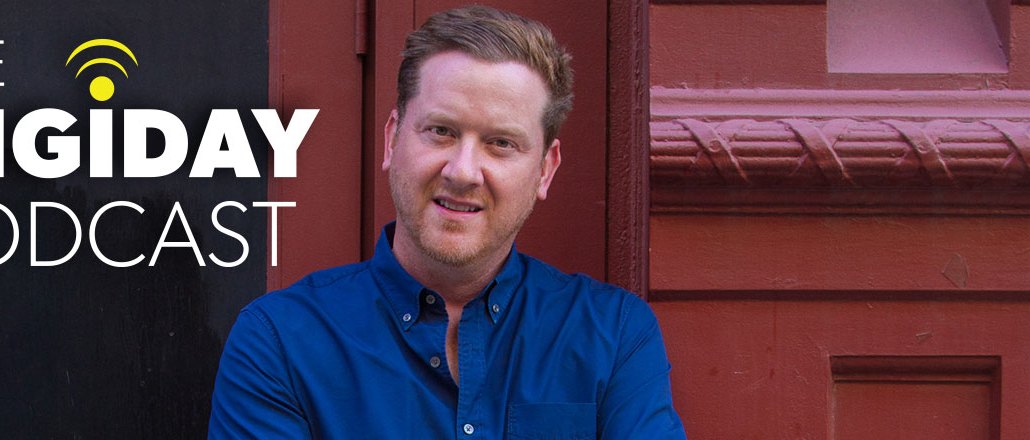Sharethrough’s Patrick Keane: Publishers without video strategies ‘will die’

Subscribe: iTunes | Stitcher | RSS
From BuzzFeed to Mashable publishers are going all-in on video.
Those sitting on the sidelines will face an existential crisis, Sharethrough president Pat Keane said on this week’s episode of the Digiday Podcast. “Every publisher, if they don’t have a sound, scalable video strategy will die,” he said.
“You can’t just take the guy who knew how to shoot video from high school and claim he’s going to be a smart videographer,” he said. “You have to have broadcast-level investment oftentimes to be successful.”
Keane, a former Google exec, cited Refinery29, in which he is an investor through his role as an operating partner at Stripes Group. The digital media publisher already sees 30 percent of its revenue from video.
“You need to invest meaningfully, and it needs to be scalable, which are two things that seem impossible,” he added. “It’s beyond difficult to be successful with video.”
Below are other highlights from the episode, edited for clarity.
Facebook is scarier than Google ever was
The rise of Facebook in some ways has mimicked the rise of Google as a power as a digital media arbiter. But Facebook is probably more challenging for publishers, in Keane’s view, since the Facebook algorithm is shifting in ways that leave publishers nearly powerless.
“Content creators have less power over Facebook than they do over natural search,” he said. “Look at publishers like Refinery29: About 50 percent of its content comes from Facebook. That’s a good thing but potentially a bad thing because if publishers are instinctively consuming your content solely on Facebook, are you going to generate the same ad revenue that would come at your singular destination?”
Seventy is the new 50 for mobile traffic
Eighteen months ago, most publishers told Keane about half their traffic came from mobile. Now that’s up to 70 percent, presenting an enormous monetization challenge for publishers who build business models around desktop.
“The majority of CROs at publishers that I spend time with are struggling with this,” Keane said. “They get 100 percent of every dollar that’s invested inside of their platform and they get marginal dollars that come from Facebook. I don’t see that changing over time.
Many digital media companies hit the $100 million wall
There are few digital media companies that get beyond the $100 million hump because the traditional media sales models, premised on a sales force getting insertion orders, is hard to scale on limited digital media budgets still oriented to performance marketing.
“It’s really difficult to get to $100 million,” Keane said. “You need to have very large programs that include content and commitments over several months at very high CPMs to be a nine-figure revenue company. Refinery29 is a nine-figure revenue company. BuzzFeed is a nine-figure revenue company. Vox probably is. There are very few. It’s just really difficult.”
More in Media

From sidelines to spotlight: Esports events are putting creators center stage
Esports events’ embrace of content creators reflects advertisers’ changing priorities across both gaming and the wider culture. In the past, marketers viewed esports as one of the best ways to reach gamers. In 2025, brands are instead prioritizing creators in their outreach to audiences across demographics and interest areas, including gaming.

Condé Nast and Hearst strike Amazon AI licensing deals for Rufus
Condé Nast and Hearst have joined the New York Times in signing a licensing deal with Amazon for its AI-powered shopping assistant Rufus.

Media Briefing: AI payouts may be entering a new era
AI compensation is evolving — and new models, not just publisher demands, are driving the shift beyond flat-fee licensing.





